What Makes a Good Driver
Posted
on Thursday, 5 May 2022
by CarTakeBack
What makes a good driver? Someone who:
… passed their test on the first attempt?
… can beat anyone off the lights?
… has never had a crash?
… knows the Road Rules inside-out?
There definitely isn’t one answer to that question, but you'll often hear an Aussie driver confident in their own abilities. In fact, The Sydney Morning Herald published research concluding "Australian drivers are a cocky lot" with almost all the respondents rating themselves as safe road users and the majority claiming to be great behind the wheel. However, seeing as many of us encounter terrible drivers on every road trip, well, you can do the maths!
On a serious note, becoming a better driver can actually help make our roads significantly safer, as well as saving you money on fuel, maintenance and insurance. It can even help your mental health - by making your time on the road a positive experience. So, while there’s a light-hearted angle to this blog, it might also be the opportunity to review how you drive and take some steps to improve. Nobody’s perfect and learning from your mistakes is definitely an attribute of a better driver!
Here’s our Top Ten attributes of a good driver...
1 Being prepared
They say you shouldn’t ever blame your equipment and that’s true when you’re driving. Is your tyre tread safe? Is there adequate windscreen wash in the tank for your journey? Are you sat in the right position to drive before you set off, with your mirrors adjusted correctly? A truly good driver will be aware of all of these factors before they start the engine.

2 Knowing your vehicle
With so many of us leasing or even using city car hire schemes, you can easily find yourself behind the wheel of a car you’ve never driven before. And that should affect your driving! Knowing a vehicle’s capabilities means you will be far better equipped to respond to situations on the road. For example, it’s essential to know if your car has enough power to execute passing manoeuvres safely in the time you expect it to. Do you really know how hard you have to step on the brake to come to a complete stop? And is it equipped with ABS brakes or any other driver aids, such as traction control?
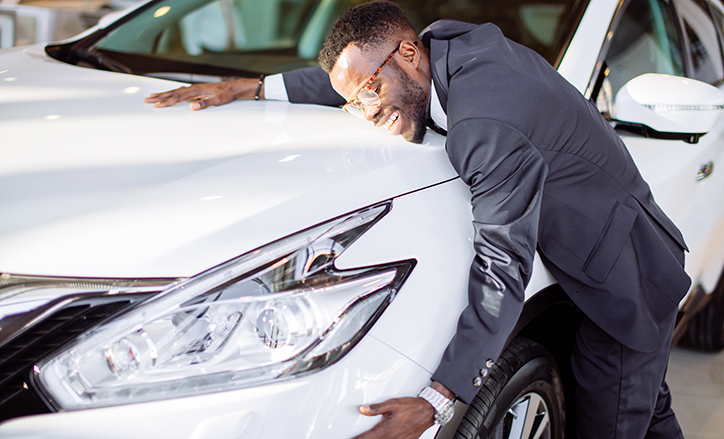
3 Staying in-control
This can apply to your driving style and your frame of mind!
When it comes to the physical side of driving, it’s important to be aware of the road surface – gravel, loose surfaces, wet mud and other conditions can be lethal. It’s important to stay in control and you can do that by slowing everything down and making all your actions as smooth as possible. Being responsible and never drink-driving or setting off when you are too tired are also essential for safe driving.
Remaining calm and staying emotionally in control is another key part of being a good driver. The Sydney Morning Herald research we quoted earlier also stated that 89% of Aussies admitted they let other drivers' annoying habits get them hot under the collar! Seeing as we share roads with many other drivers, it doesn’t matter how skilled you are if you don’t have the right attitude. Getting agitated, impatient and angry is not only dangerous but will leave you stressed after time in the car. Being patient, calm and tolerant is part and parcel of being a good and happier (!) driver.
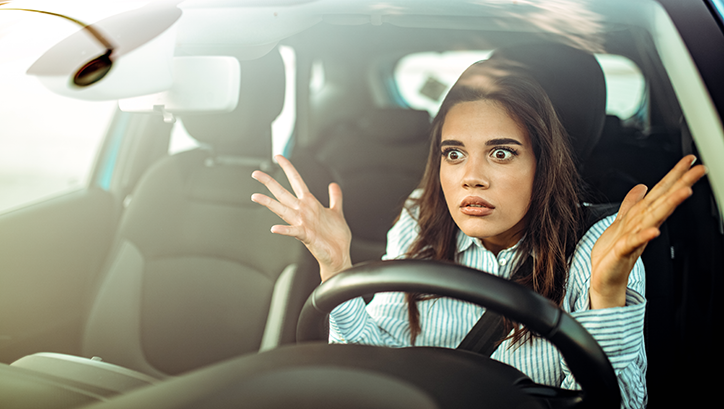
4 Using your car correctly
A good driver will know where all the equipment or functions they will need in the car are and how they should be used. Being aware of where your warning and fog lights are, indicating correctly, thinking about when you switch on your headlights as it gets dark and making sure you use the main beam safely, so you don’t startle or dazzle another driver, are all key to good driving. Another set of lights you need to pay attention to are the car’s dashboard warning lights! You may let your fuel light stay on for a while, but ignoring other warning lights could cause serious problems in the future.
It’s also important to consider how you are actually controlling the car – if you’re in a manual you should only be touching the gear stick when you are changing gear – if you have to react in an emergency it’s your steering wheel you’ll need to be holding. And talking of the steering wheel, while many of us will have been taught the 10 to 2 position, up-to-date advice is actually closer to 8 and 4, to allow for safe airbag deployment!

5 Staying alert
It’s easy to get distracted as a driver – enjoying your favourite song on the radio, talking to a passenger, changing the air con setting, looking out for a turning – but if this top ten list was in an order of importance, staying alert would arguably be number one!
There are so many potential hazards caused by other road users, it’s essential to stay alert at all times. Pedestrians (especially small children) stepping out from behind a parked car, animals running onto the road, cyclists moving up the inside lane, an unexpected spill or pothole on the road surface, garbage blowing into your path, or simply other distracted drivers, can all be a hazard. Staying alert will mean you can react in time and avoid an accident.
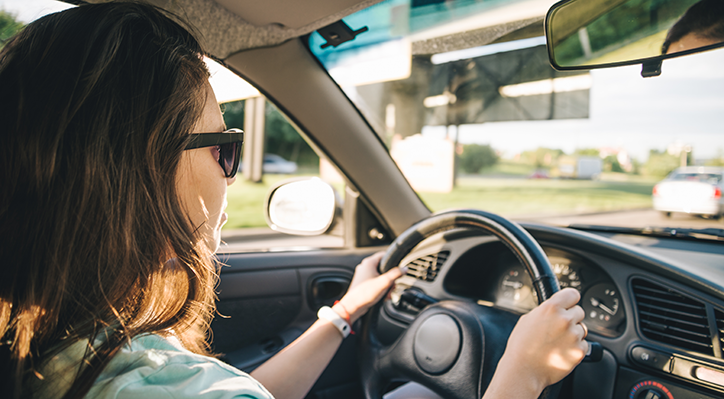
6 Having the skills… to avoid paying the bills!
Most of us have only taken our basic driving test, and if we haven’t picked up numerous bad habits over the years, have improved mainly due to practice, and possibly a maturing attitude! Practice does undoubtedly give most drivers a better understanding of situations you can encounter on the road. But when it comes to actual skill, that’s about how well you handle your vehicle, which means steering, braking, changing gear and accelerating smoothly.
Not only will operating your car smoothly improve your driving style, it will also help to look after the mechanics of your vehicle and avoid additional maintenance repairs and services that come from poor driving. Riding the clutch, accelerating aggressively and braking heavily and unnecessarily, are all signs of poor driving and are likely to result in more vehicle maintenance. For example, poor clutch control will not only affect your ride, but it will have a significant effect on the wear of a part that costs on average over $500 to replace!
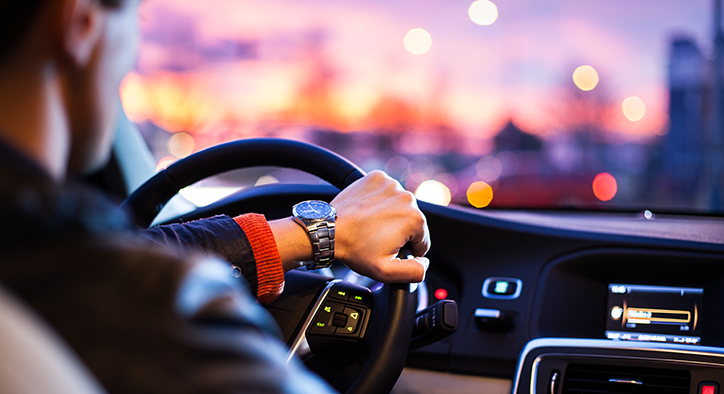
7 Reading the road… and other drivers!
In an ideal world, reading the road should really just apply to signs and markings that indicate how we should be driving - and we’ll get back to that in a minute - but the reality of modern driving, is that it’s other drivers that we need to read. While you can anticipate another driver’s decision and be prepared to respond accordingly, a good driver will never start to react assuming what another driver will do – that’s a lot of rear ends avoided!
After studying to pass your driving test (if you did!) it may be that you’ve forgotten what some of the less common signs and markings mean, but having that knowledge will undoubtedly make you a better driver. Did you know that when the two central lines along the road get further apart it is supposed to discourage overtaking and reduce your speed? It's likely to be an area that sees serious accidents so it's an important marker to keep you and other drivers safe.
Another road feature that you should always respect is a speed bump! They are there to slow us down and driving over them too fast or at an odd angle can wreck your car’s suspension. Ideally your speed should be no higher than 25kmph and your wheels should run straight over the bump.
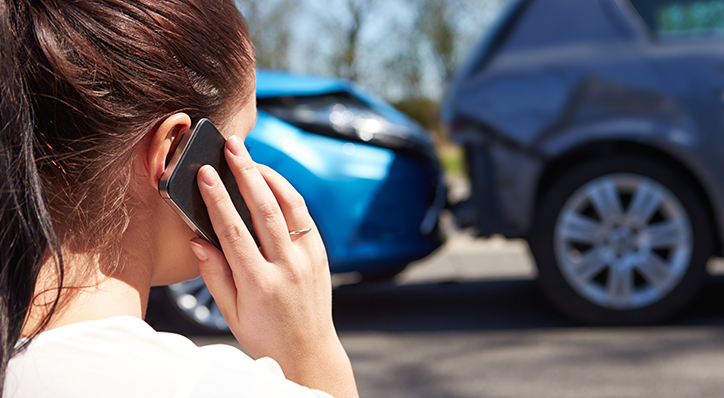
8 Being courteous
It costs nothing to be kind! But even if you’re in a rush and you don’t want to let a huge stream of traffic into your lane, you can still be a courteous driver and that’s actually a very important aspect of being a good driver.
Giving cyclists space and pedestrians ample time to cross roads, making sure you don’t block turnings or yellow boxes at intersections and avoiding undertaking or hogging lanes, all helps traffic to flow and keeps everyone safe. A simple thank you wave or gesture goes a long way too!
Parking considerately needs to find a space (!) in this section too… When bad drivers park on pavements, block entrances, or make pedestrians, wheelchair users, parents with prams and people with visual impairments use the road, it is inconsiderate and dangerous. Always ensure you finish your journey well.

9 Giving everyone room
This could sit under the heading ‘Being courteous’, but it’s so important it gets its own top tip title, because space means safe! It’s just good practice to give everyone room on the road. Space means everyone has more chance of seeing problems before they happen and gives them time to react.
Tailgating, as it’s sometimes known, is not only annoying, but more importantly, it’s an incredibly dangerous driving habit causing pressured drivers to make mistakes. Whatever kind of road you’re travelling on, and even in slow moving traffic, it’s good practice to leave space. It makes it easier to get round other vehicles if you need to, it also cuts the risk of a collision if you stall, if another driver slips back on an incline, or if you are hit from behind.
(If you suffer with being tail-gated then sensible advice is this: Try not to be distracted by the driver behind you and stay focussed on the road, if there is room to move into another lane then take your car out of harms-way, but stick to within the speed limit, or slower if it’s appropriate for the conditions, so that if there is an incident, the collision has less chance of causing a significant incident or injury.)
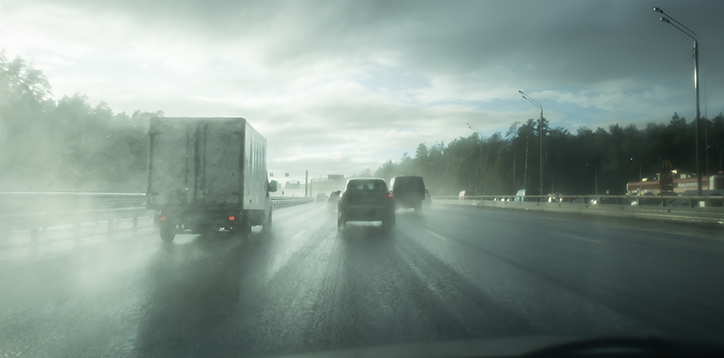
10 Being confident
This doesn’t mean being happy to be seen in your car’s new lime green paint job! While it’s important to be respectful of the road and other users, being fearful or hesitant, or dangerously slow, makes you unpredictable and unsafe as a driver. If you are driving following all the right guidelines then try to drive with confidence.
Many people dislike driving in bad weather and even the dark, but if it’s something that’s actually affecting your driving ability, then you need to think twice about getting behind the wheel…
There are many defensive driving and advanced driving courses on offer that could help you if you need a boost of confidence in your driving ability. It will make the road a safer place for you and everyone else as well as possibly decreasing your car insurance premiums.
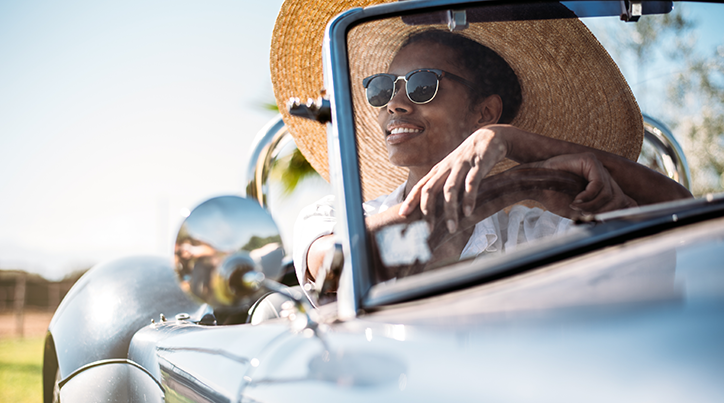
So that’s our Top Ten Tactics of decent drivers, do you agree?!
You may also be interested to read about what really should and shouldn't be in your glovebox!
And don't miss our fuel saving tips - looking after your money at the pumps!